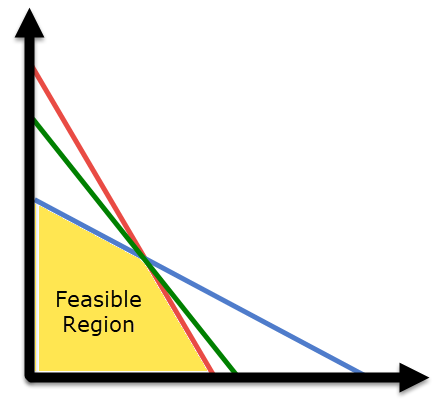

Instructional design has its economic component. Every instructional design approach has its advantages and disadvantages that we must optimize for impact. Design factors include:
• Speed to produce
• Source material accuracy/QA requirements
• Reusability
• Shelf life
• Audience size
• Target price/cost per student seat
• Nature of topic
• Other considerations
Some constraints may be fixed; others more flexible.
For example, a printed job aid might have more impact at lower cost if it is converted to a short video that is embedded into an online help system, viewable on a smartphone, if the topic involves a mobile audience, such as an insurance claims adjuster who needs to review claims criteria for storm damage of a building roof at a customer’s site. The video could be reusable as a component of a larger certification course that the adjuster takes as part of a recurring training curriculum, updated as business needs or market conditions change.
However, if the claims adjuster simply needs an updated checklist with links to related details, a downloadable PDF form may be sufficient, and there may be no need for any instructional design at all. These are the types of considerations and decisions needed for almost any instructional design project.